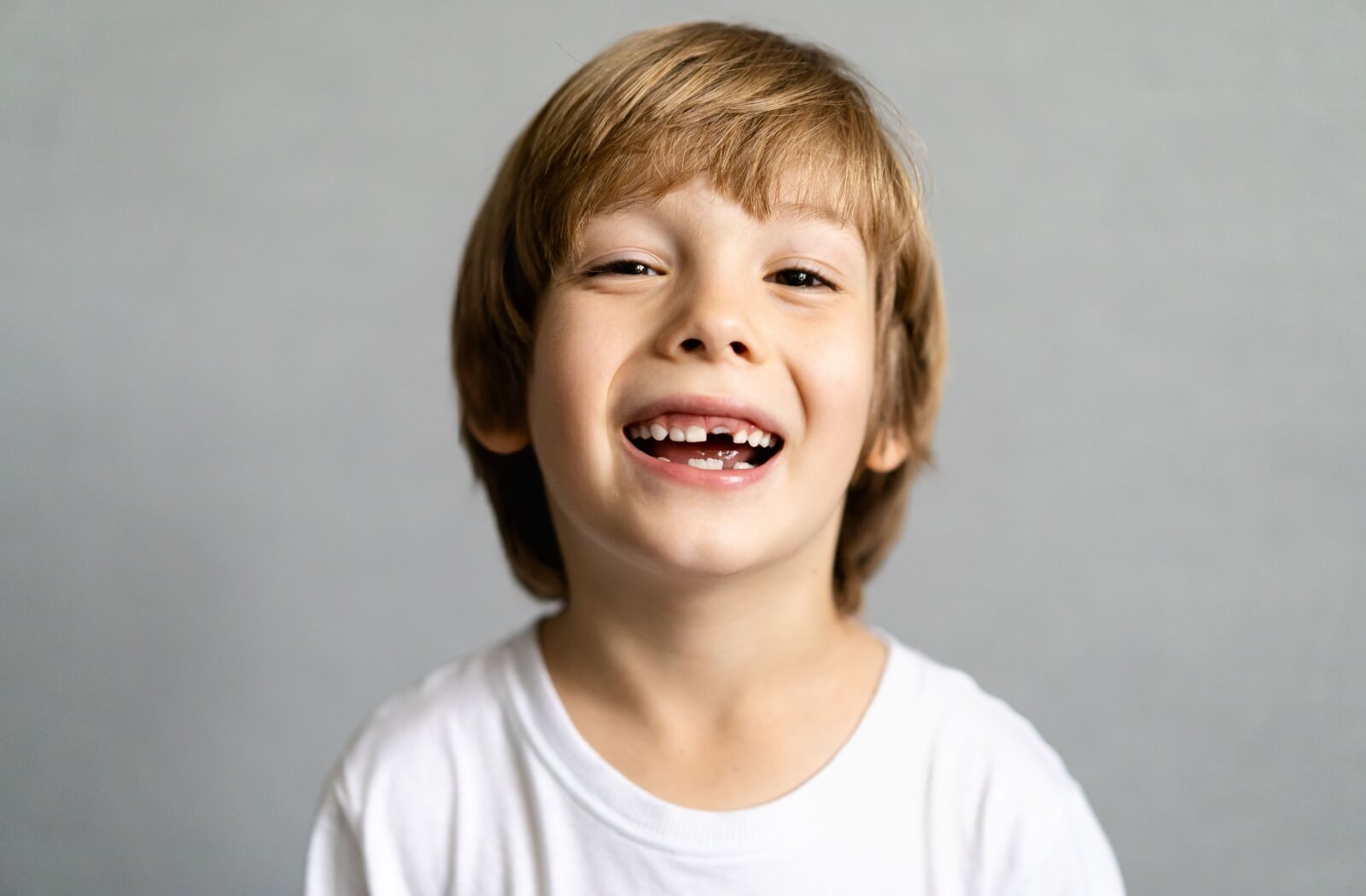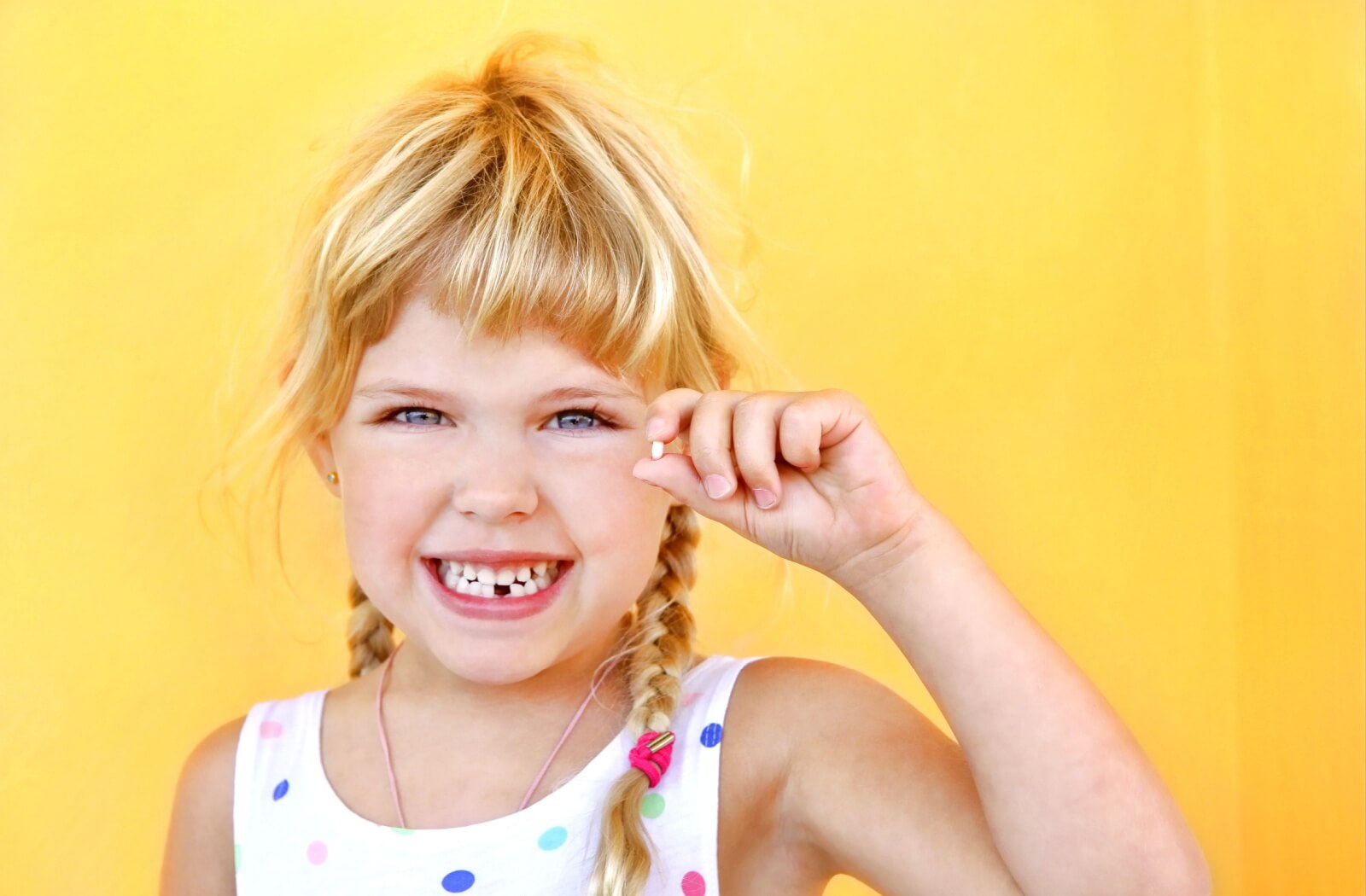
As parents, we’re always attuned to our children's health and well-being, especially when it comes to their teeth and oral hygiene. One of the most universal milestones for kids is the adventure of losing their baby teeth—a rite of passage that every child experiences differently. While it may seem routine, the process is unique to each little one, making it both an exciting and sometimes puzzling time for parents. Don't worry, at Dentistes REMA, we are happy to talk to patients old and young about their teeth.
When Do Baby Teeth Fall Out?
Remember the joy of seeing your child’s first tooth pop up? That milestone was just the beginning. On average, kids start losing their baby teeth, known in dental terms as primary teeth, between the ages of 6 and 8. But keep in mind, there's no one-size-fits-all timeline. Factors like genetics, overall health, brushing habits, and even unexpected sports injuries can influence when those tiny teeth decide to say goodbye.
Typically, the upper and lower incisors—the teeth at the front of the mouth—are the first to go. After these, the transition moves towards the back teeth, though those pesky canines often like to linger a bit longer. By the age of 12, most kids have waved farewell to their primary teeth, making room for their permanent set.
What If Teeth Don’t Fall Out?
The timelines and order of tooth loss are general guides, not strict rules. It’s perfectly normal for your child's teeth to follow their own schedule and fall out in a different order. However, if you notice a significant deviation from what’s typical—say, if your child’s baby teeth aren’t loosening after a reasonable period—it’s wise to consult your local dentist for further advice.
Here at Elevate Dental, we’re committed to being your partners in navigating these developmental milestones with transparency and warmth. Remember, you have enough to worry about; your dentist is there to help you and your child through these exciting changes.
Do I Need to Brush Baby Teeth?
Absolutely! Even though baby teeth are temporary, they play an important role in your child's oral development. They guide the permanent teeth into their proper places as they grow beneath the gums, preparing to push their predecessors out of the way. Neglecting these early teeth can lead to early childhood tooth decay, which, if left untreated, could cause an infection in the gums—where future permanent teeth await their debut.
If your little one is under 3 years old, adults should take the lead in brushing their teeth. Once they’re old enough to handle a toothbrush, encourage them to join the fun! Guide them to brush twice daily using a pea-sized amount of fluoride toothpaste. We always encourage parents to follow through with a final brush to ensure thorough cleaning. Making it a family affair not only ensures dental health but also encourages children to develop their self-care routines by emulating their parents.
What Should I Do with Loose Teeth?
Navigating the world of a loose tooth can feel like uncharted territory for both you and your child. It’s completely natural for them to feel anxious about this new experience. Reassure them that having a loose tooth is simply part of growing up and is generally pain-free. Sharing your own fond memories of tooth-losing adventures can make them feel more at ease.
If your child is eager to wiggle their loose tooth, that’s perfectly fine. Gentle wiggling won't cause harm and might even help the root loosen up. However, it’s important not to rush the process. Forcing a tooth out before it’s ready can cause unnecessary discomfort. In the meantime, offer soft, easy-to-chew foods that are gentle on tender gums.
After a Tooth Falls Out
When a tooth finally decides it’s time to go, it can stir up a mix of emotions. Celebrate this milestone with your child and offer comforting words if they feel unsure about their new smile. Remind them that a new tooth will soon grow in its place, ready to contribute to their bright smile.

It’s normal to see a little bleeding after a tooth falls out. Here’s a quick tip: gently clean the area with a soft, sterile piece of gauze, or have your child gently swish warm salt water to cleanse the empty socket. If discomfort lingers or the socket seems swollen, a dose of children’s ibuprofen could help soothe inflammation. However, if the swelling persists or the bleeding returns, don't hesitate to contact your dentist.
Setting Your Kid Up for Dental Success
Losing baby teeth is a natural process and a significant milestone in your child’s dental development. Understanding the stages of tooth development and when children typically start losing their teeth can empower you to support your child's oral health effectively.
At Dentistes REMA, we’re here to support you with compassion and care. Our state-of-the-art equipment and practices ensure that your child’s dental care is in excellent hands. Book an appointment today and elevate your smile together with us. Your child’s dental success begins with the right support—and we’re excited to be part of that journey.